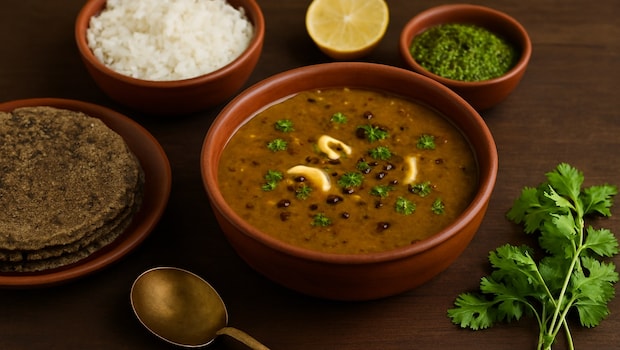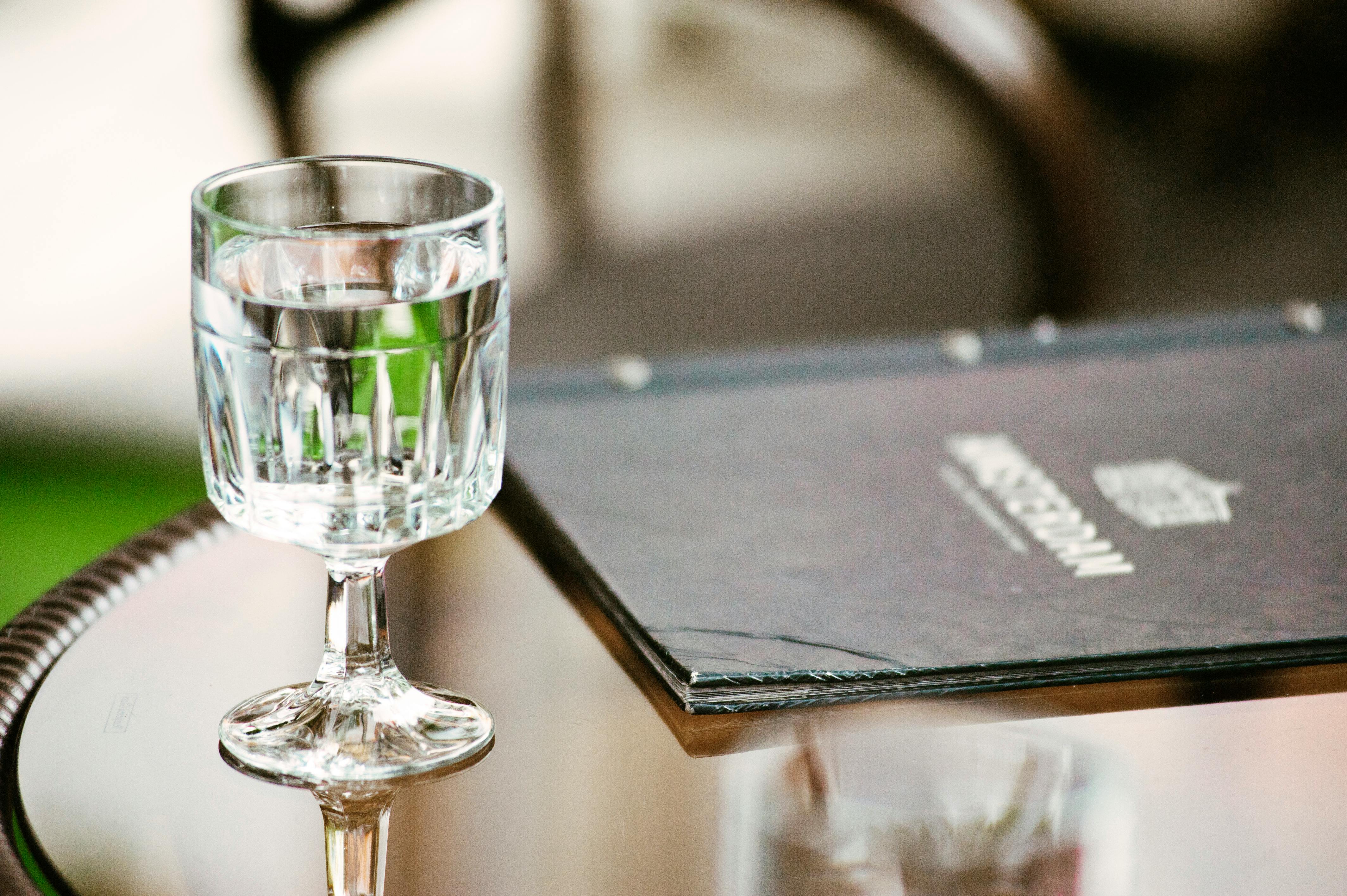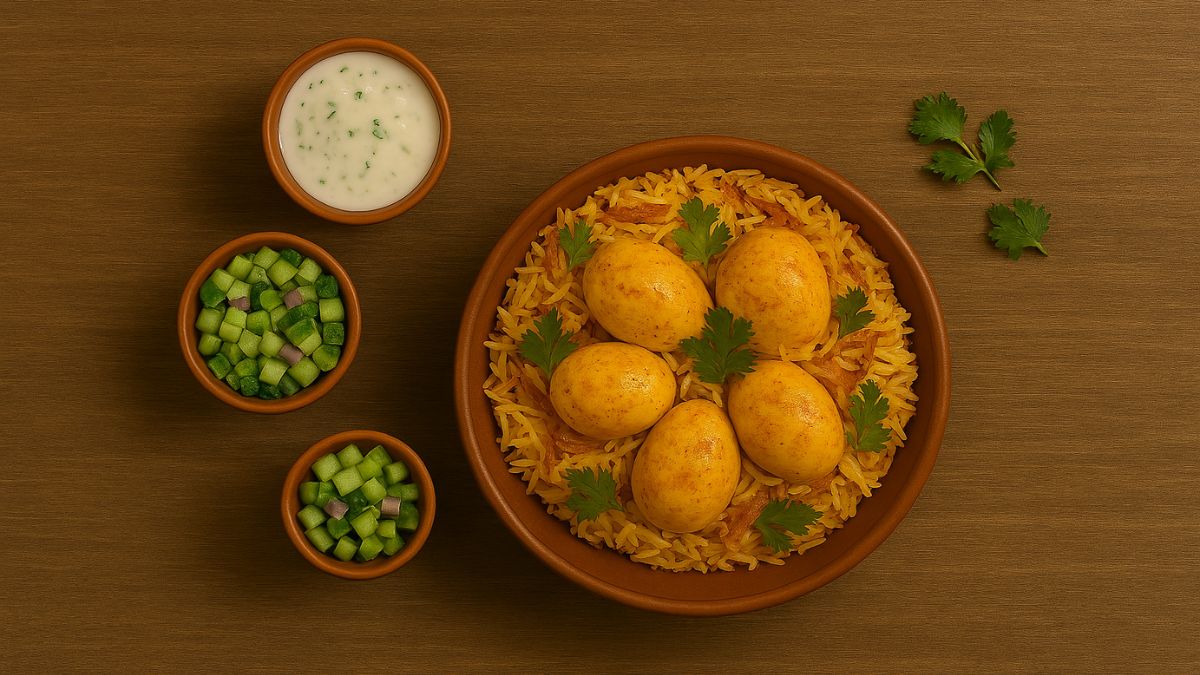Pahadi cuisine is a quiet marvel, rooted in climate, community, and the simplicity of the land. From the nutty warmth of mandua roti to the tang of bhang chutney, every dish carries the rhythm of the hills and the wisdom of slow living. What makes pahadi food unique is its reliance on hardy, local ingredients like millets, wild greens, and pulses, along with cooking techniques that prioritise digestion, warmth, and sustainability. Food in the hills is not flashy. Instead, it is deeply functional. And as the seasons shift, so does the pahadi plate.
One dish that truly embodies this transition is Pahadi Ras, a protein-rich broth made from kulthi dal (horse gram). As monsoon clouds retreat and winter begins to whisper, Ras takes centre stage in the kitchens of Uttarakhand. It is warming, healing, and steeped in Ayurvedic tradition.
Also Read: Chainsoo: This Pahadi Kali Dal Recipe Is A Showstopper!
What Is Pahadi Ras?
Pahadi Ras is a traditional lentil broth from the Garhwal and Kumaon regions, made with kulthi dal, a pulse revered for its warming nature and high protein content. Unlike regular dals, Ras is the star of the meal, poured over rice or sipped like soup.
Its signature depth comes from roasted horse gram and a smoky tempering of garlic, mustard oil, and jakhya - wild mustard seeds native to Uttarakhand. The result is a thick, earthy, slightly tangy broth that is both nourishing and flavourful.
Also Read: 10 Pahadi Recipes From The Hills To Feel Cozy In Winter
Ingredients That Make Ras Unique:
What makes Ras truly special is the way each ingredient plays a purposeful role in creating the bowl.
1. Kulthi dal (horse gram):
This hardy, protein-rich pulse is soaked overnight and slow-cooked until it breaks down into a starchy, earthy base. Its dense texture and nutty flavour form the soul of Ras, offering both nourishment and depth.
2. Garlic:
Crushed and tempered to release a pungent warmth, garlic infuses the broth with a smoky undertone that is both comforting and medicinal. It is a digestive aid and a natural immunity booster, especially valued during seasonal transitions.
3. Jakhya:
These tiny wild mustard seeds crackle in hot oil, lending a distinctive nuttiness and crunch that is hard to replicate. Their subtle bitterness balances the richness of the dal and adds a layer of local identity to the dish.
4. Mustard oil:
Bold, pungent, and warming, mustard oil carries the tempering beautifully, coating each spoonful with peppery heat. In some homes, ghee is used instead for a gentler, creamier finish.
5. Turmeric and salt:
Added during the boiling stage, turmeric brings its golden hue and anti-inflammatory properties, while salt helps coax out the dal's natural flavour. Together, they create a base that is both balanced and vibrant.
6. Water:
Ras is not a thick dal; it is a broth. The generous use of water allows the starches to release, creating a silky, soup-like consistency that is ideal for pouring over rice or sipping on its own.
7. Optional herbs and spices:
A squeeze of lemon juice can brighten the bowl, while coriander adds herbal freshness. A pinch of hing stirred into the tempering lends digestive support and a deeper umami note.
Also Read: Presenting Uttarakhand's Famous Pahadi Bhaang Chutney Recipe - A Delight You Don't Want to Miss
Why Ras Is Perfect For The Monsoon-Winter Transition?
As the damp heaviness of monsoon gives way to the dry chill of early winter, the body undergoes subtle shifts, where metabolism slows, digestion weakens, and immunity dips. That is where Ras comes in.
1. Warming in nature:
Horse gram is classified as ushna in Ayurveda, meaning it generates internal heat. This makes Ras ideal for colder months, when the body needs help countering vata and kapha imbalances. The mustard oil and garlic tempering further amplify its warming effect, improving circulation and reducing stiffness.
2. High in protein and iron:
Horse gram contains approximately 22-25 grams of protein per 100 grams, making it one of the richest plant-based protein sources in Indian cuisine. It is also packed with iron, calcium, and phosphorus - nutrients that support post-monsoon recovery, especially for those feeling fatigued or anaemic.
3. Digestive support:
Despite its density, Ras is gentle on the gut. Slow cooking breaks down the dal's starches, while the tempering with garlic and jakhya stimulates digestive enzymes. The broth is fibrous yet light, helping ease bloating and water retention, which are common during seasonal transitions.
4. Locally grown and climate-smart:
Kulthi thrives in poor soil, requires minimal water, and grows easily in hilly terrain, making it a sustainable crop for mountain communities. By eating Ras, locals align with the land's rhythm, choosing food that is both nourishing and ecologically responsible.

How To Make Pahadi Ras: Step-By-Step Recipe
Ingredients:
- 1 cup kulthi dal (horse gram), soaked overnight
- 6 cups water
- 1/2 tsp turmeric powder
- Salt to taste
- 1.5 tbsp mustard oil
- 6-8 garlic cloves, crushed
- 1 tsp jakhya seeds (or substitute with mustard seeds if unavailable)
Optional:
- A pinch of asafoetida (hing)
- Fresh coriander leaves, chopped
- Juice of 1/2 lemon, for brightness
Method:
Step 1: Boil the soaked dal for about 30-40 minutes in a pot, or 4-5 whistles in a pressure cooker.
Step 2: Once cooked, strain the dal using a fine sieve or muslin cloth. The strained liquid is your Ras. You can reserve the mash for chutneys or paratha fillings.
Step 3: In a small pan, heat mustard oil until it reaches smoking point. Lower the flame and add crushed garlic. Let it brown slightly. Add jakhya seeds and allow them to crackle. If using, add a pinch of hing for aroma.
Step 4: Pour the tempering into the strained broth and simmer the Ras for 10-15 minutes on low heat.
Step 5: Finish with chopped coriander and a dash of lemon juice if desired. Serve hot over steamed rice or with mandua roti for a complete pahadi meal.
Also Read: Kadhi Who? Pahadi Dahi Tadka Takes Comfort Food To A New Level
Easy Adaptations In Modern Kitchens:
Want to try Ras at home? Here is how to make it work in any kitchen:
- Use a pressure cooker or Instant Pot to speed up cooking
- Substitute jakhya with mustard seeds or cumin
- Add lemon juice for brightness
- Pair with brown rice, millet, or sourdough toast
- Serve thickened Ras as a soup with toasted bread
Ras also freezes beautifully. Make a batch and store it for busy days. It reheats well and tastes even better the next day.
The Bottom Line:
Pahadi Ras is a reflection of how mountain communities eat with intention, resilience, and respect for their terrain. In every simmering pot, there is a story of seasonal wisdom, Ayurvedic balance, and culinary simplicity. Whether you are in the hills or far from them, Ras invites you to slow down, nourish deeply, and eat in rhythm with the changing weather.
About Somdatta SahaExplorer- this is what Somdatta likes to call herself. Be it in terms of food, people or places, all she craves for is to know the unknown. A simple aglio olio pasta or daal-chawal and a good movie can make her day.






